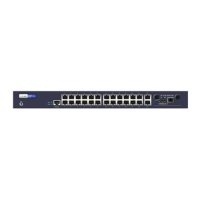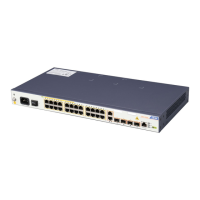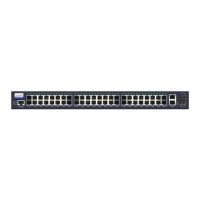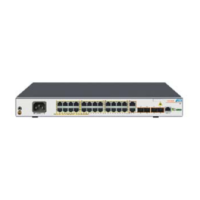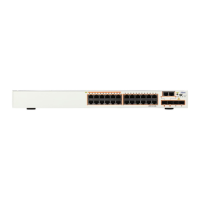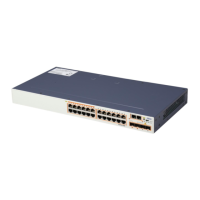ZXR10 2920/2928/2952
(V1.0) Access Switch User Manual (Volume I)
110 Confidential and Proprietary Information of ZTE CORPORATION
END OF STEPS
Maintenance and diagnosis of IPTV has been configured.
MSTP Mode
Spanning Tree Protocol (STP) is applicable to a loop network.
It blocks some redundant paths with certain algorithms so that
the loop network is pruned into a tree network without any loop,
thus avoiding the hyperplasia and infinite loop of packets in the
loop network.
Rapid Spanning Tree Protocol (RSTP) is on the basis of common
STP, added with the mechanism that the port state can be
rapidly changed from Blocking to Forwarding, which increases
the topology convergence speed.
Multiple Spanning Tree Protocol (MSTP) is on the basis of RSTP
and STP, added with the forwarding processing of frames with
VLAN ID. The whole network topology structure can be planned
into a Common and Internal Spanning Tree (CIST), which is
divided into Common Spanning Tree (CST) and Internal
Spanning Tree (IST), as shown in
Figure 27.
FIGURE 27 MSTP TOPOLOGICAL STRUCTURE
In this whole MSTP topology structure, an IST can serve as a
single bridge (switch). In this way, CTS can serve as an RSTP
for the interaction of configuration information (BPDU).
Multiple instances can be created in an IST area and these
instances are valid only in this area. An instance is equivalent
to an RSTP, except that the instance needs to perform BPDU
interaction with bridges outside this area.
Result
STP
RSTP
MSTP

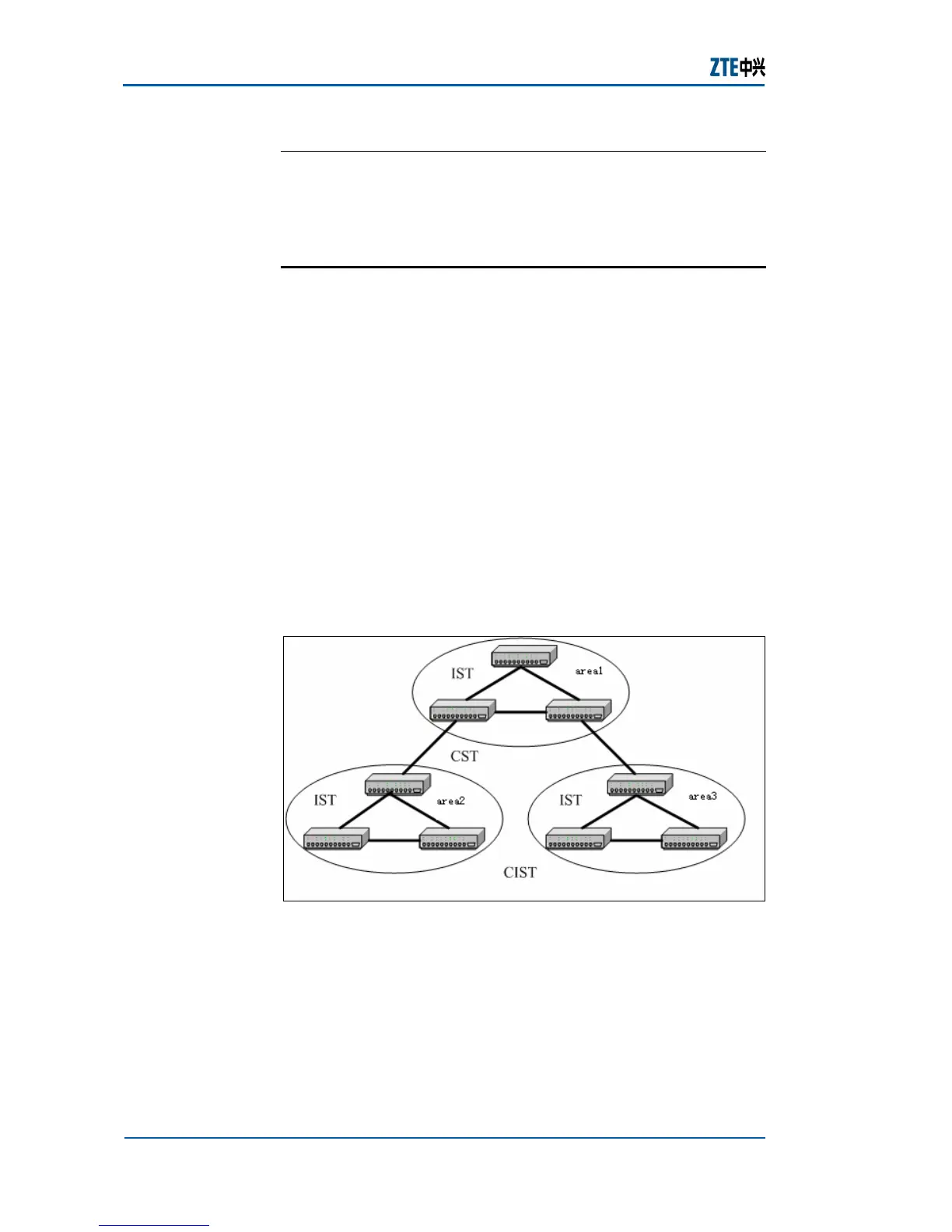